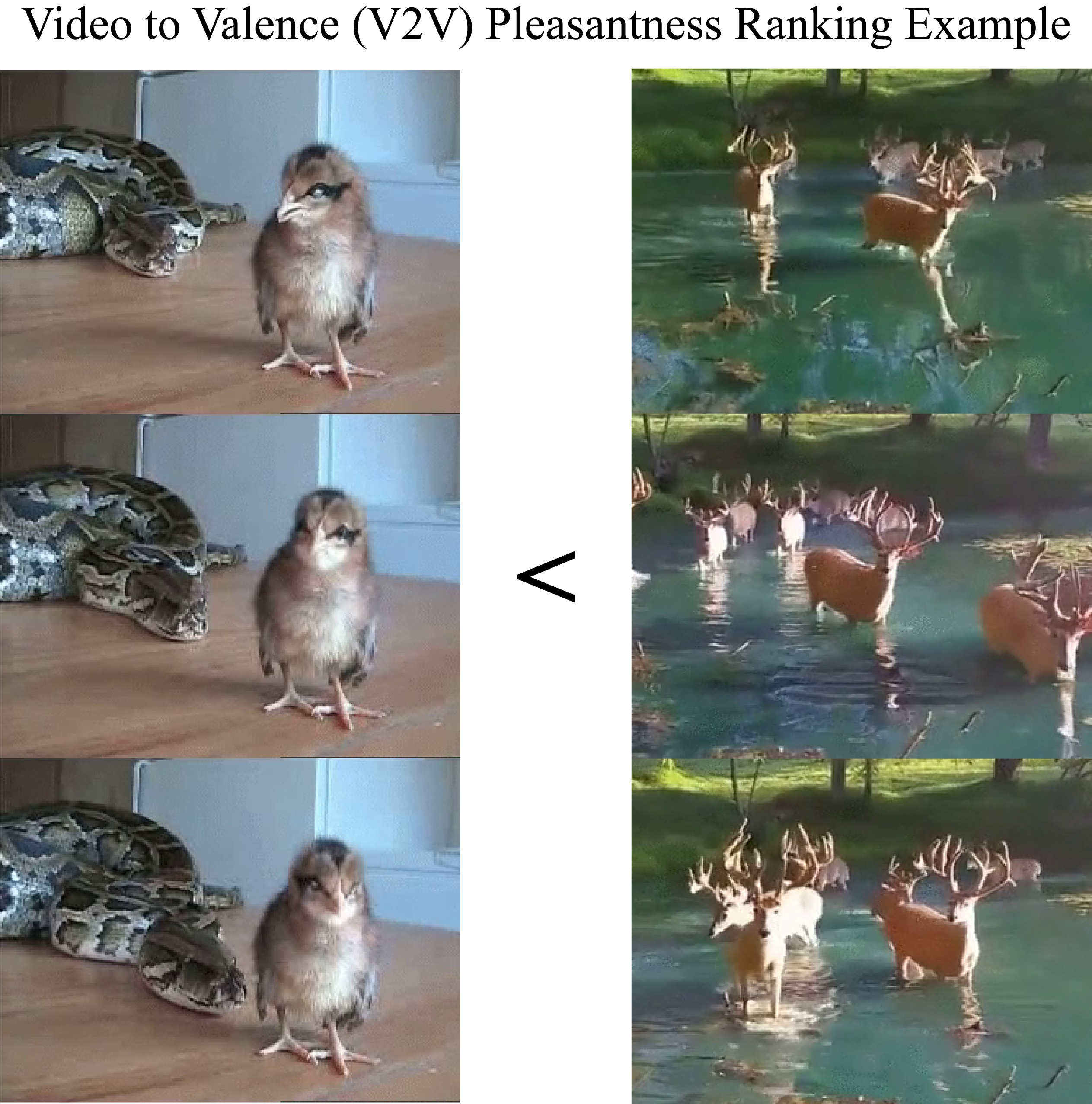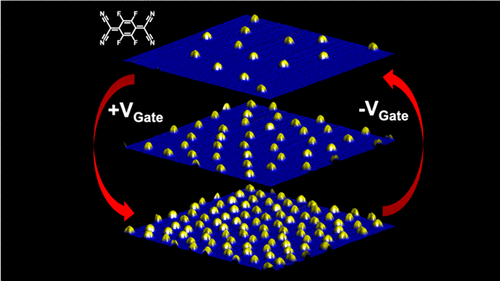About Me
I'm currently an MS student studying Computer Science at Stanford, advised by Juan Carlos Niebles at the Stanford Vision and Learning Lab. Previously I graduated from UC Berkeley with a BS in EECS, where I worked with Dan Hendrycks and was advised by Dawn Song and Jacob Steinhardt. I've also interned at Meta, where I worked on scaling ads ranking models, and most recently at TikTok, where I worked on video understanding for creator tools and recommendation.
I am broadly interested in computer vision, especially work in the area of efficient video understanding and representation learning. This site hosts my course and personal projects that I thought were cool, notes about what I've been reading and learning about, and some of the teaching resources for I've compiled over the years!
Publications

|
Mantas Mazeika*, Eric Tang*, Andy Zou, Steven Basart, Jun Shern Chen, Dawn Song, David Forsyth, Jacob Steinhardt, Dan Hendrycks NeurIPS (Datasets and Benchmarks Track), 2022 (Oral) Introduces the VCE and V2V datasets for understanding emotional response and viewer wellbeing for video data. |

|
Dan Hendrycks, Collin Burns, Saurav Kadavath, Akul Arora, Steven Basart, Eric Tang, Dawn Song, Jacob Steinhardt NeurIPS (Datasets and Benchmarks Track), 2021 Introduces the MATH dataset for measuring mathmatical reasoning in large language models, and the AMPS dataset for pretraining. |

|
Franklin Liou, Hsin-Zon Tsai, Andrew S Aikawa, Kyler C Natividad, Eric Tang, Ethan Ha, Alexander Riss, Kenji Watanabe, Takashi Taniguchi, Johannes Lischner, Alex Zettl, Michael F Crommie Nano Letters, 2021 [paper] Uses scanning tunneling microscopy to demonstrate that molecules deposited onto graphene field-effect transistors (FETs) exhibit reversible, electrically tunable surface concentration. |
